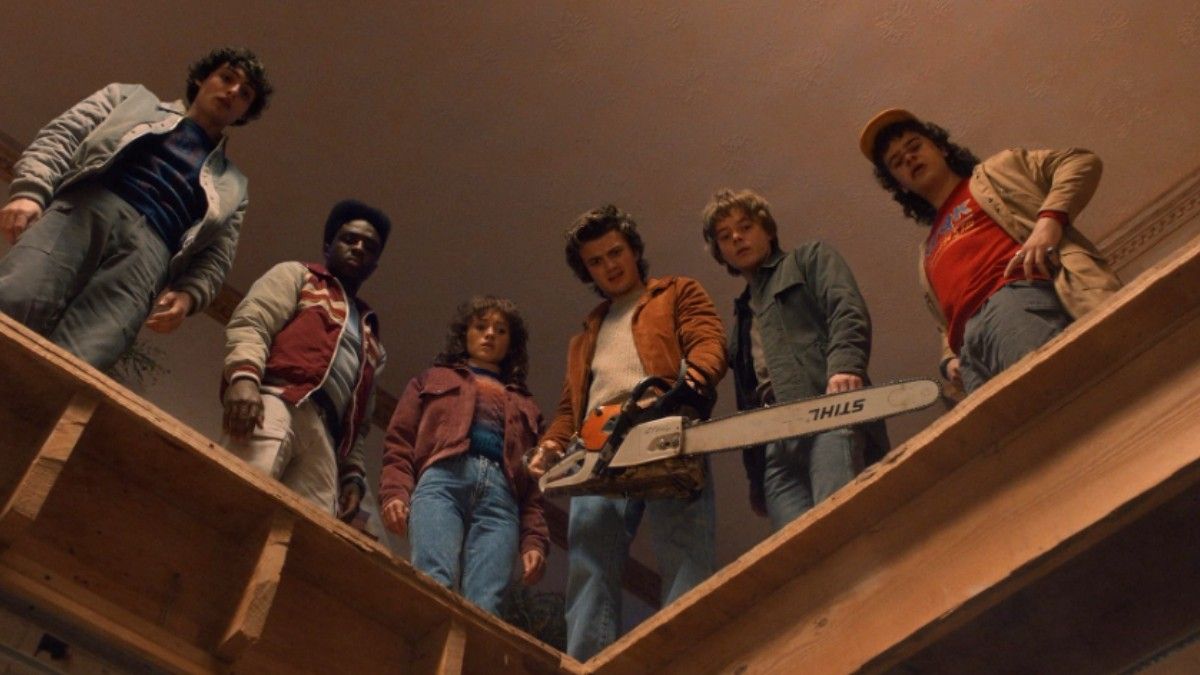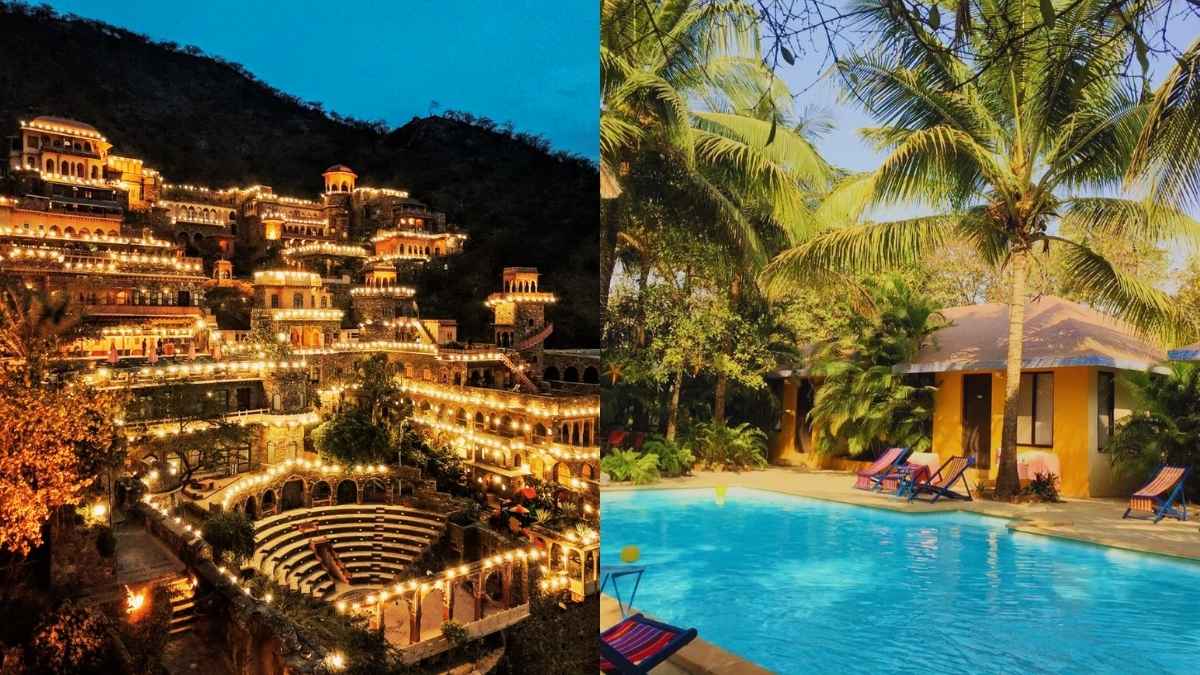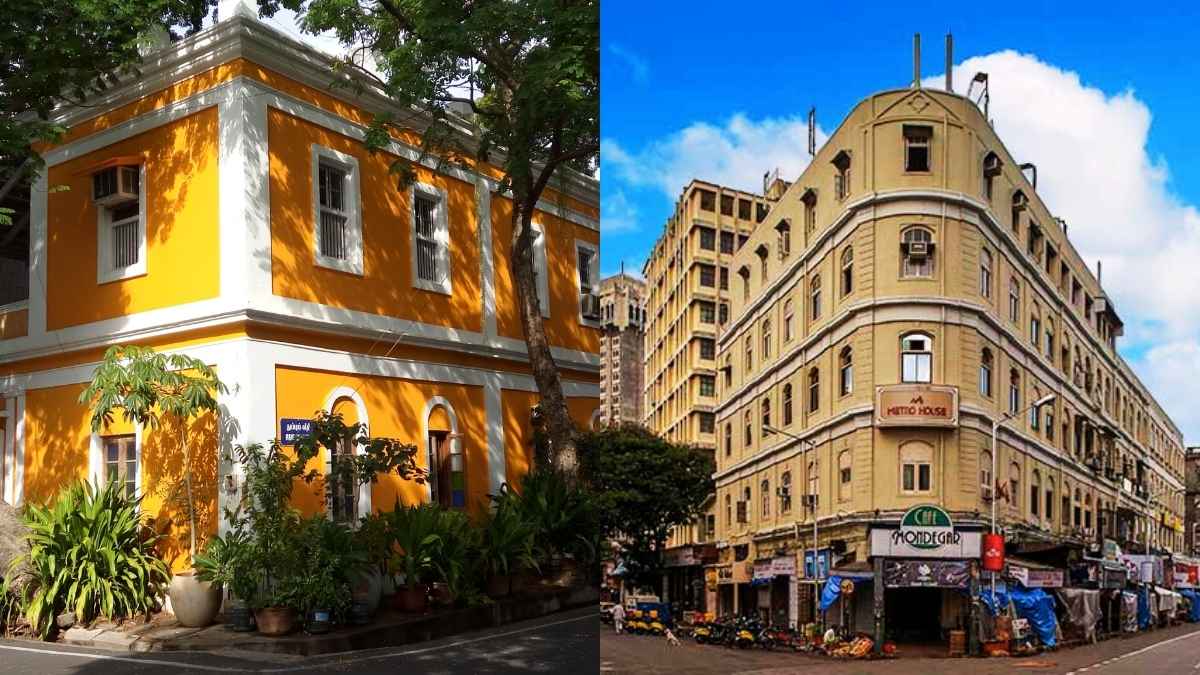The incredible India and its hidden gems will never stop to amaze us and we always let her! India still has so much to discover, and new, lesser-known locations are added daily. One such we got to know in Jharkhand and can’t wait to share it with you. There is a village in Jharkhand called Maluti which has 72 terracotta temples still surviving out of the 108. Do you like exploring the unexplored, then read on about these terracotta temples.
Jharkhand’s Unique Terracotta Temples In Maluti
72 medieval terracotta temples clustered in a radius of just 350 metre are located in the Maluti village of Dumka diatrict of Jharkhand.
Global Heritage Fund has declared this site as one of the world’s 12 most endangered cultural heritage sites. 1/3 pic.twitter.com/TIdI8v7Cjd
— Vivek Shrotriya (@True_Shrotriya) August 30, 2019
These terracotta temples still have 72 existing ones out of 108 temples. These are great examples of the great craftsmanship and their skills which date back to the 17th century. Its distinctive architecture is what sets it apart. Maluti was the capital during the rule of the Baj Basanta dynasty.
#UnseenTemples
Maluti temples are a group of 72 extant terracotta temples out of the original number of 108 Located in the Maluti village near #Shikaripara in #Dumka district on the eastern part of the Chota Nagpur Plateau, Indian state of #Jharkhand. All dedicated to Lord #Shiva pic.twitter.com/qce05crR1E— AmanSharma (@OstaAman) October 10, 2023
Because of their strong religious beliefs, the monarchs of this dynasty favoured temples over opulent palaces. Therefore, they built these terracotta temples inspired by Goddess Mowlakshi which was their family deity. This increases the historic significance. Apart from the main inspiration being Goddess Mowlakshi, temples also reflect Lord Shiva, Lord Vishnu, Goddess Durga, and Goddess Kali.
Maluti, a small village in Dumka of jharkhand but an adobe of 70+ hindu temples.
Each temple has a unique embroidery of terracotta work built under baj basanta dynasty but now these endangered temples are under ruins and need urgent attention.#SaveTemples#ReclaimTemples pic.twitter.com/mWUN7Oe6Jr
— Save Temples (@TheSaveTemples) April 28, 2020
Also Read: Ancient Shiva Temples In Kashmir That Take You Back In Time
Due to the influence of the Baj Basanta dynasty and religious purposes, this site needs to be conserved as only 72 out of 108 terracotta temples remain. The Global Heritage Fund has declared this as one of the world’s most endangered cultural and heritage sites. It is ranked at 12, therefore we would advise to not litter around or destroy this historic site.
Some Important Features To Note Are
Did you know the Maluti Terracotta Temples in Maluti Jharkhand are hundreds of years old. There were initially 108 Temples but sadly only 72 remain (in ruins).
The temples, mostly of Shiva, are dotted in five different clusters — Sikir Taraf, Rajar Bari,…@LostTemple7 pic.twitter.com/XcU6VO1IMM— Ankita (@AnkitaBnsl) January 16, 2021
- The architecture of these terracotta temples is Panchayatana style. It alludes to temples that have a main shrine encircled by numerous minor shrines. You might have come across Panchayatana-style temples before as well because it is a common architectural style in India.
- Terracota refers to the pottery done with clay which was used many centuries ago for various purposes statues, utensils, roof tiles, or decorative purposes. These temples in Maluti are adorned with very precise artwork of terracotta.
A few kms off Tarapith, in Jharkhand, lies the little hamlet of Maluti.
Once the fifedom of Raja ‘Baj’ Basanta, this ‘nankar estate’ today has only 72 of the 108 terracotta temples and some stories of glories past
My first exp of docu film making.
Thanks TC da, Ankur and Neil pic.twitter.com/bqtRR37ndP— Shibarjun (@shibarjun) March 13, 2020
- The exteriors of these terracotta temples are adorned with beautiful scenes from Hindu mythology, daily lifestyles and legends that were locally popular. These terracotta carvings depict the storyline in a very unique and intricate manner. Through the deception of these stories, the historical significance increases as it gives an open insight into the culture and history of Maluti.
- Due to the heavy relation to history and culture, efforts are being made to preserve these intricate terracotta temples so that it is known for their significance of a good cultural and historical value. The Global Heritage Fund is working towards its preservation.
Also Read: 5 Holy Temples In Andhra Pradesh’s Pancharamalu Kshetra That Are A Pilgrim’s Delight
Is the history buff in you going to explore the unexplored 17th-century unique terracotta temples of Maluti in Jharkhand? Let us know how you liked this place.
Cover Image Credits: Wikimedia Commons
For more such snackable content, interesting discoveries and the latest updates on food, travel and experiences in your city, download the Curly Tales App. Download HERE.
Good news! We are on WhatsApp! Subscribe to Curly Tales WhatsApp Channel to stay up-to-date with exclusive content and BTS. Join HERE.
First Published: November 14, 2023 11:02 AM



